Get Tech Tips
Subscribe to free tech tips.
Where Should the Float Switch Go?
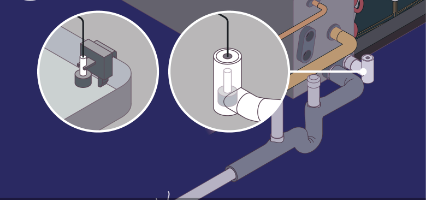
If you have worked at more than one company in your HVAC career, chances are you’ve found there is more than one place to put a float switch. Every company seems to have its own “secret sauce” for running drain lines and placing float switches.
Is your company a “no float switch” company? Although a rare breed in this day and age, sometimes these ancient code-defying dinosaurs are still seen roaming about. Or maybe you’re a “triple threat” company: one in the primary drain, one in the pan, and an audible alarm switch under the unit… Just in case?
Let’s spend a little time talking through types of float switches, the different places you can (within reason) put a float switch, and the benefits of each location. Here is a previous article covering code compliance and location tips.
What is a float switch?
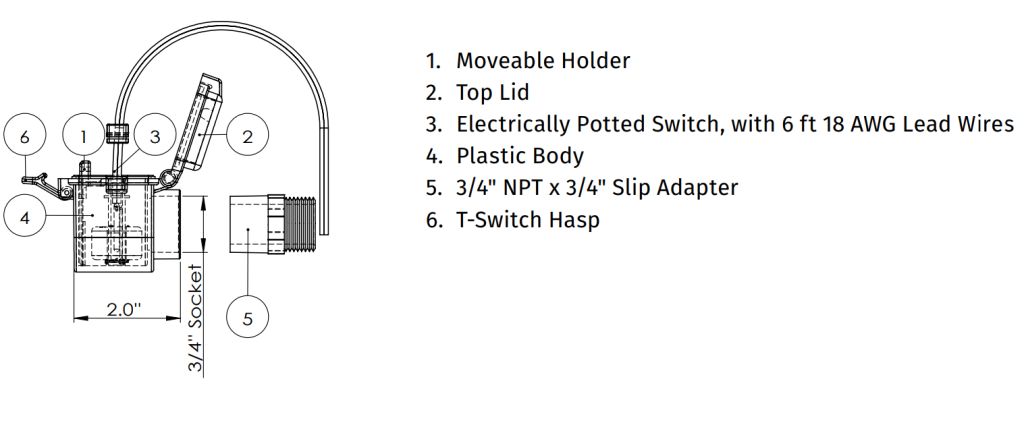
Most float switches used in drain lines are magnetic reed switches, which means they are opened and closed using a magnet. Here is a simple video that shows a magnetic reed switch in action. In the HVAC world, these switches are used to break power to either the thermostat or outdoor unit. A cork bobber with a small magnet on it moves upward with rising water levels. The small magnet opens a circuit, breaking 24 VAC control voltage.
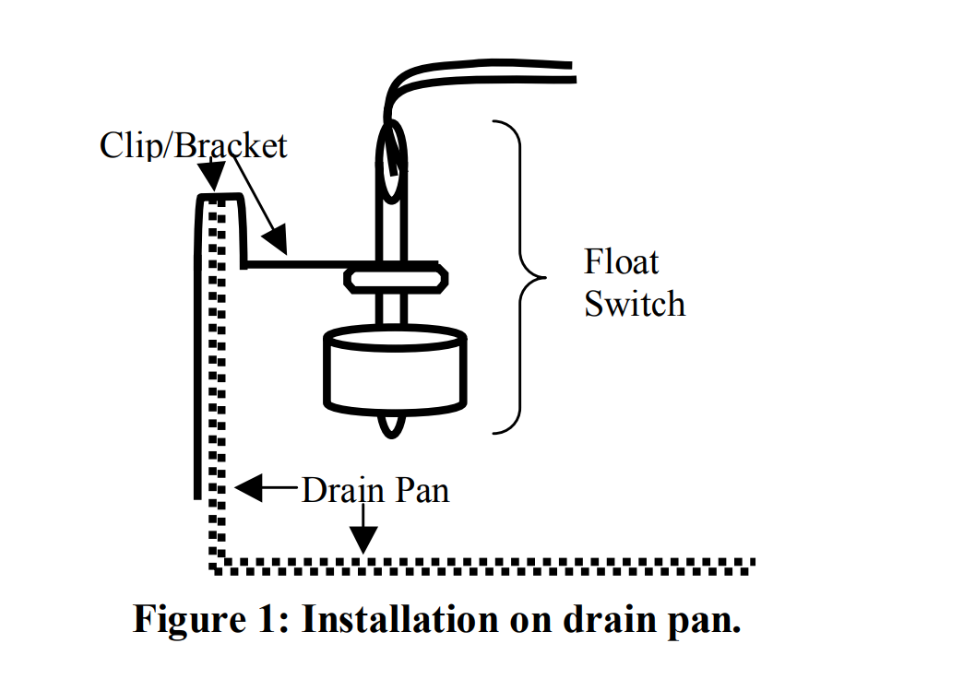
So should the float switch be located in the primary drain? The secondary? What about when you have a horizontal attic system? What is required by code? Here is what Bryan’s research from a previous article shows:

But that leaves plenty of room for creative positioning within the bounds of code.
Locations
Closet/Basement Units
Any unit in a closet should have a float switch, and according to code, it cannot be in the primary drain line. Your area may not flag you for this, but it is in the International Mechanical Code (IMC). It’s also nice to have it on the secondary because then the bobber isn’t being exposed to water and, possibly, drain slime buildup.
In Texas, our drain lines typically tie into the sewer (either behind the bathtub or right before the trap on a bathroom sink) for the house, so we clear our drains right by the unit in the closet. I like to add a cleanout valve, if possible, for easy future service, preferably before the trap.
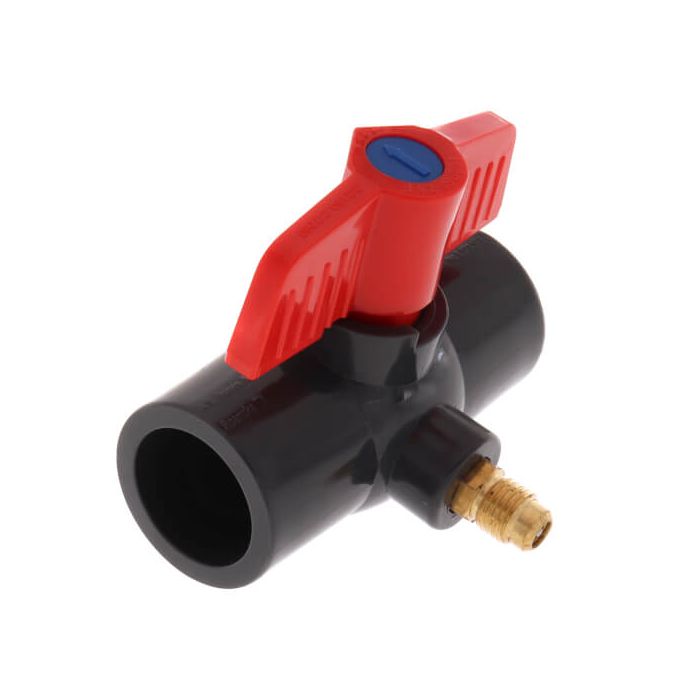
Most units in my area are in attics, so if you have a secondary drain line or a drain pan, a float switch is not required by code, but it is best practice. Here are your location options:
- 1 switch in the primary drain line. The nice thing about this is if the drain backs up, it won’t overflow into the pan and rust the pan out.
- 1 switch in the secondary pan. This setup allows for the drain to back up and the system to keep running. I call this setup the “last-ditch” setup. It protects the sheetrock in the house but lets the unit run indefinitely if the primary drain is backed up. The downside of this setup is that your drain pans can rust out if the drain is not serviced regularly. It can also cause foundation problems in dry climates because you have a constant stream of water dripping into a concentrated area while the rest of your foundation is bone dry. Stained siding or moldy brick is another potential problem.
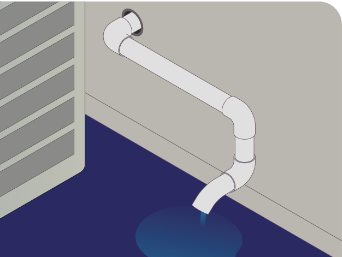
- 2 switches in series. Double up by putting one on the primary drain and one in the secondary drain pan. This is the ultimate protection. It protects against primary drain line backups, and also flooded evaporator coils or clogged/cracked internal drain pans.
- 3 switches: one in the primary, one in the secondary, and a water alarm or wet switch under the unit. I have never seen this in the wild, but an alarm or wet switch under a unit in a closet or basement makes good sense to me. I have seen internal drain pans clog up and drip water everywhere while the float switch is untouched.
Other Considerations
Some newer communicating systems have a jumper wire where a float switch should be tied in, rather than breaking “R” or a comm wire. If you’re installing a mini-split (typically ducted or cassette), many models have a built-in condensate pump and internal float switch. Understand what the models you install come with and any changes that need to be made regarding dip switches, thermostat settings, etc.
Summary
Think about your location, what you want to protect, and how often you want to be servicing drain lines. Make sure you have thought through the different possibilities for how water might get somewhere you don’t want it to go. Water damage is one of the most common and troublesome parts of our jobs, and we can go a long way toward preventing it by being thoughtful about our use of float switches.
—Matt Bruner











Comments
To leave a comment, you need to log in.
Log In